In a city with so many amazing art museums, why visit PAFA? #1: The amazing Victorian building designed by Philly’s Frank Furness:


#2: The chance to see a terrific collection of American art against this spectacular Victorian backdrop:

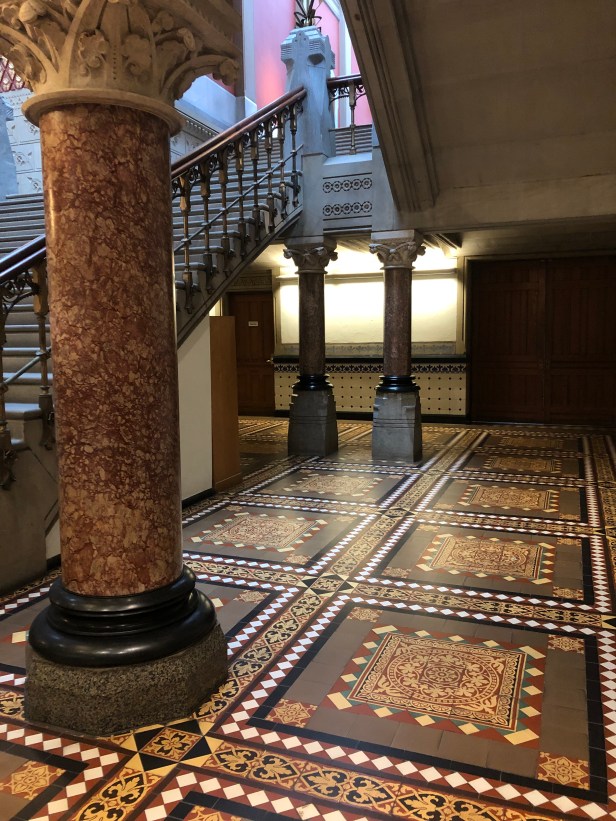
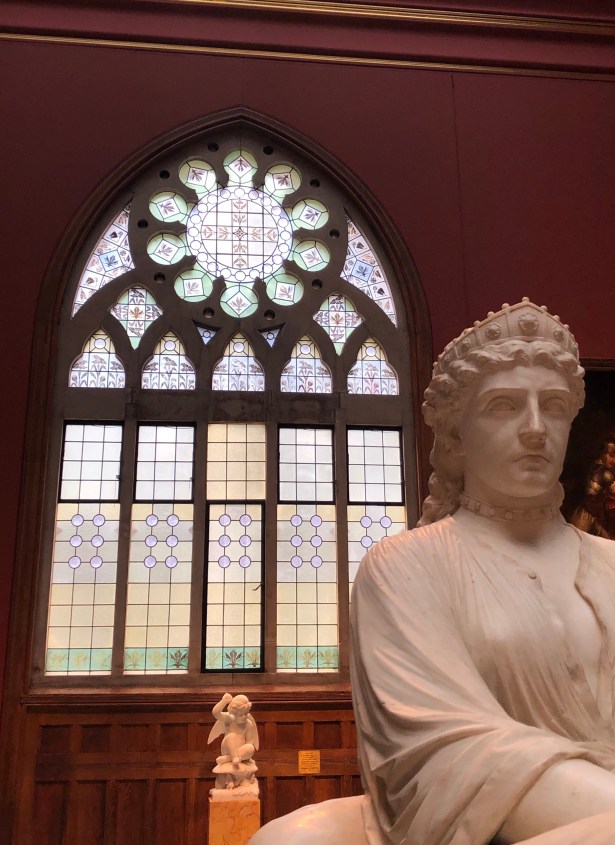
Founded in 1805, the Pennsylvania Academy of Fine Arts is the oldest art museum/art school in the United States. Established as a traditional arts academy – with the goals of educating artists, collecting, and exhibiting art, PAFA is several years younger than The Louvre, but older than both The National Gallery in London and The Prado. Founding members and teachers include the many of the most famous colonial-era artists, and works by these artists -Benjamin West, Charles Wilson Peale, Thomas Sully, Gilbert Stuart, and William Rush – anchor a terrific collection of early American masters.
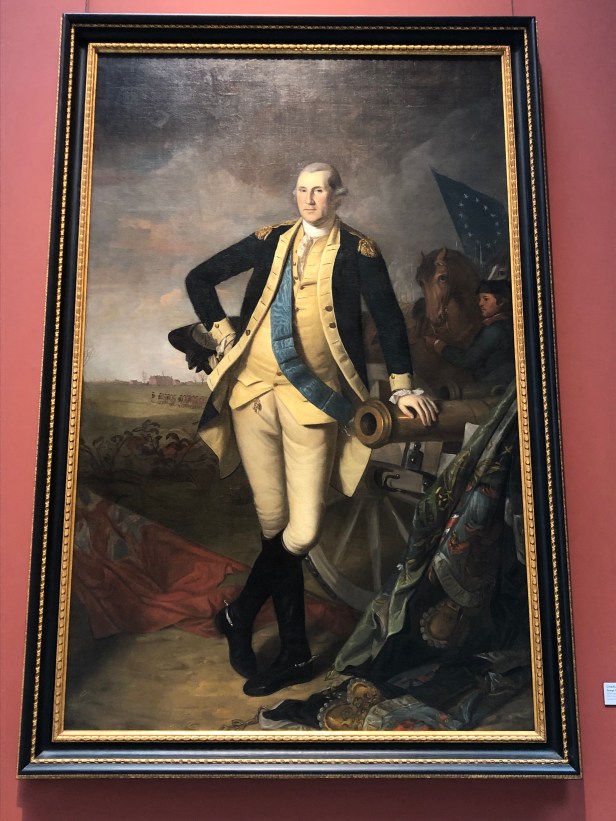
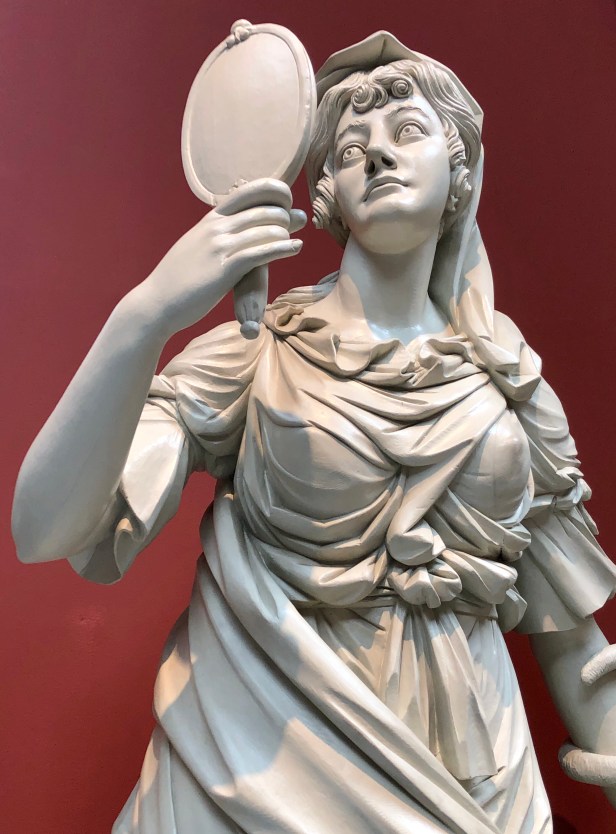
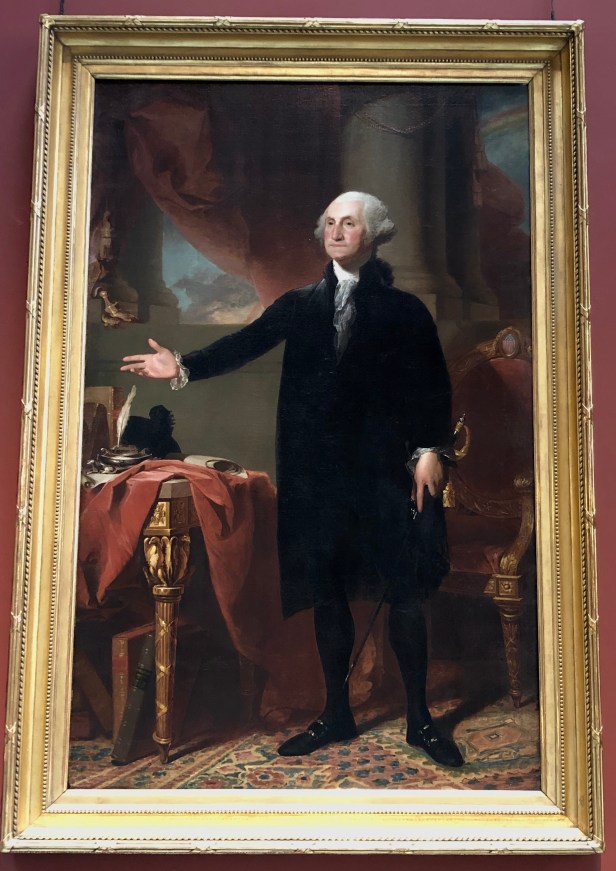
Master realist and Philadelphian Thomas Eakins (Philly Artists: Thomas Eakins) was both a student and teacher at PAFA – until he got kicked out for removing the loincloth of a male model during a figure drawing class with female students present – this was back in the era when classical statues had fig leafs strategically placed to protect female sensibilities (side note: Eakins was also very interested in photography, both as an art form and anatomical teaching tool. There are several existing photos of him posing nude both alone and with students).
In his defense, he wrote: “My figures at least are not a bunch of clothes with a head and hands sticking out but more nearly resemble the strong living bodies than most pictures show…. That I have but little patience with the false modesty which is the greatest enemy to all figure painting. I see no impropriety in looking at the most beautiful of Nature’s works, the naked figure. If there is impropriety, then just where does such impropriety begin? Is it wrong to look at a picture of a naked figure or at a statue? English ladies of the last generation thought so and avoided the statue galleries, but do so no longer. Or is it a question of sex? Should men make only the statues of men to be looked at by men, while the statues of women should be made by women to be looked at by women only? Should the he-painters draw the horses and bulls, and the she-painters like Rosa Bonheur the mares and cows? Must the poor old male body in the dissecting room be mutilated before Miss Prudery can dabble in his guts? … Such indignities anger me. Can not anyone see into what contemptible inconsistencies such follies all lead? And how dangerous they are? My conscience is clear, and my suffering is past.“
Although persona non grata for a time, today the museum has an extensive collection of Eakins’s works, both paintings and photography, including this very jolly looking portrait of Walt Whitman.
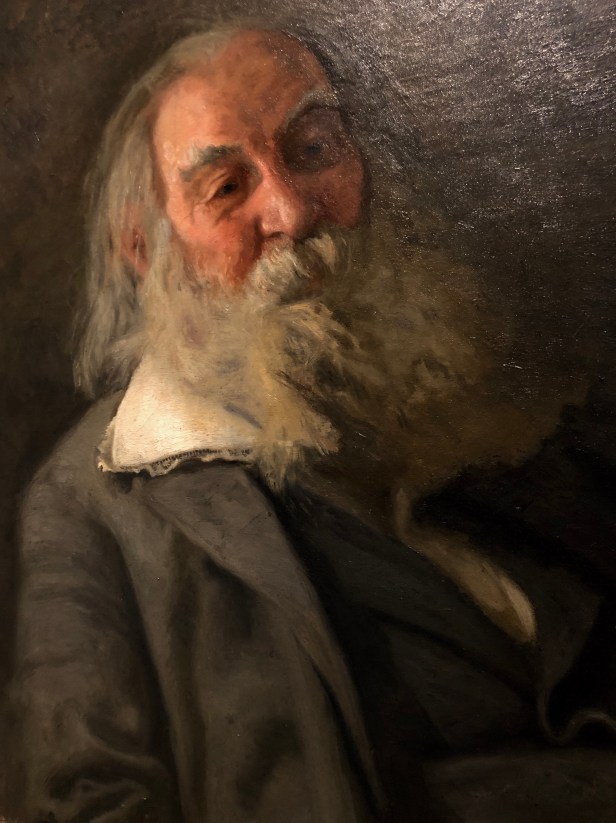
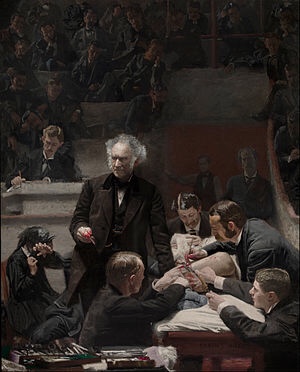
Other famous students and teachers included Mary Cassatt, Maxfield Parrish, Henry O. Tanner, Alexander Stirling Calder (The Father, The Son, and The Holy Ghost: The Calder Family in Philadelphia), Howard Pyle (Philly (area) Artists: Howard Pyle & American Illustration), William Glackens, and David Lynch (of Eraserhead and Twin Peaks fame). Other Academy alumni include Richard Watson and Walter Edmonds, whose Black Power murals decorate North Philadelphia’s Church of the Advocate (Church of the Advocate: Black Power!).

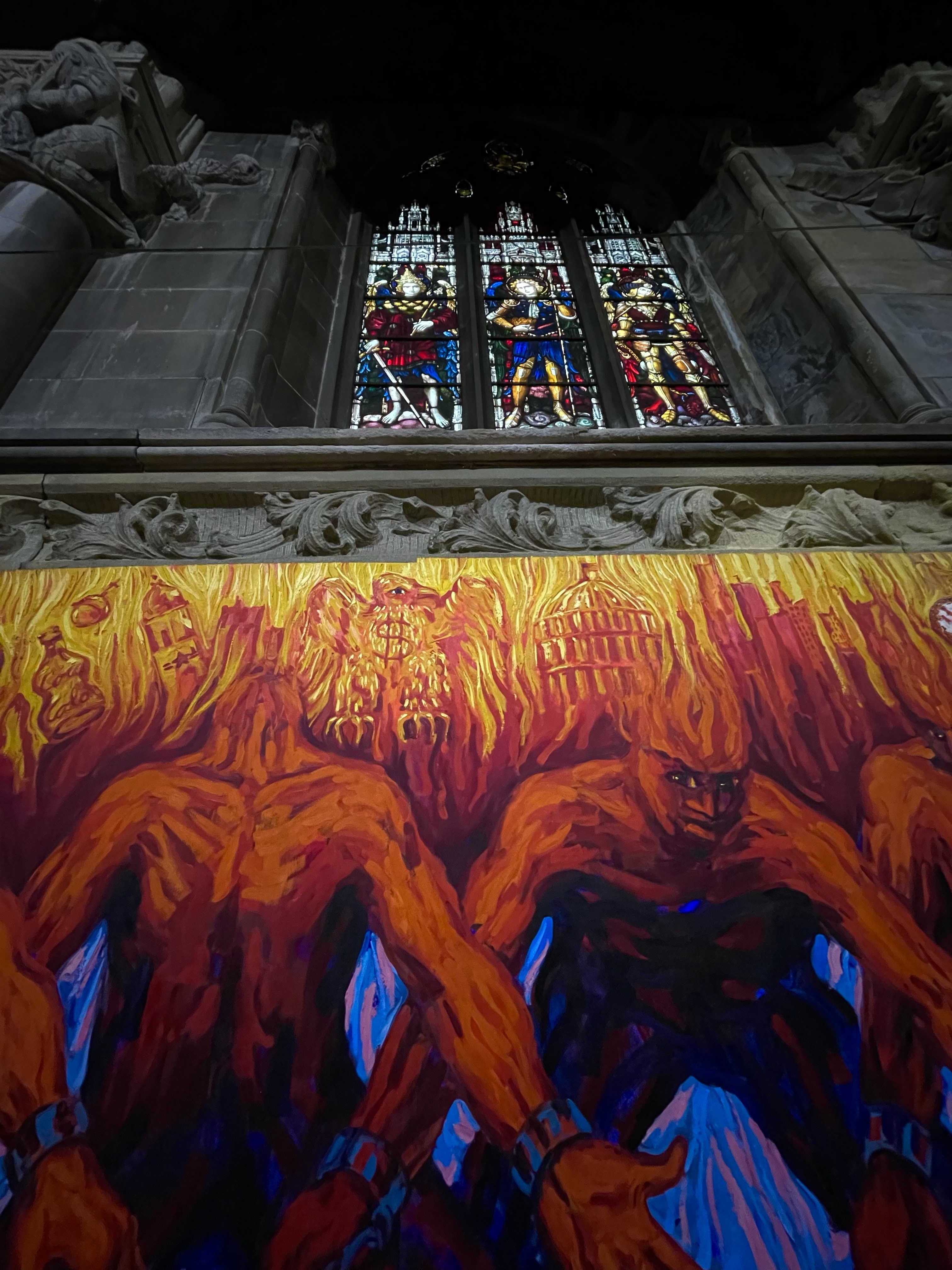
The academy has collections of many of these former students, and continues to collect works by current students – as well as contemporary American artists, so there is always a diverse group of artworks on display (an adjacent building houses rotating contemporary exhibits). The museum has recently put an emphasis on collecting works by female artists.
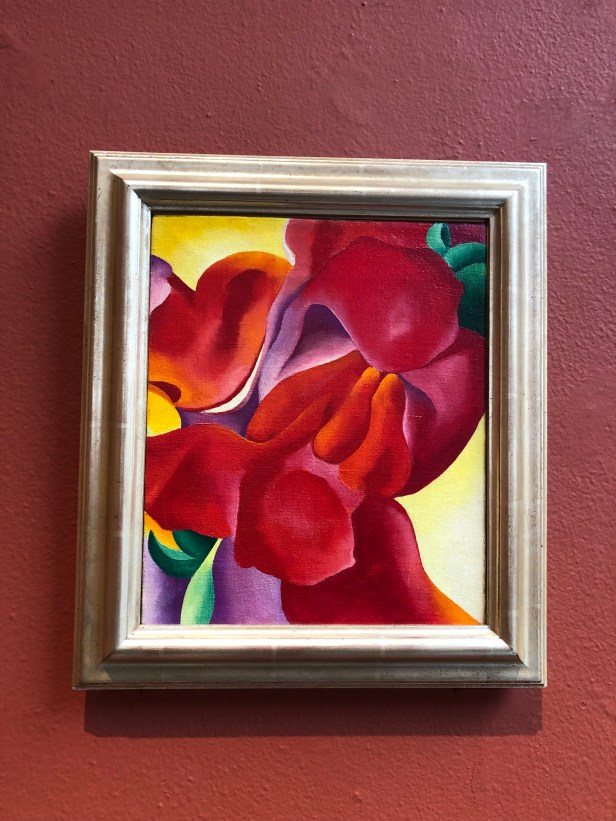

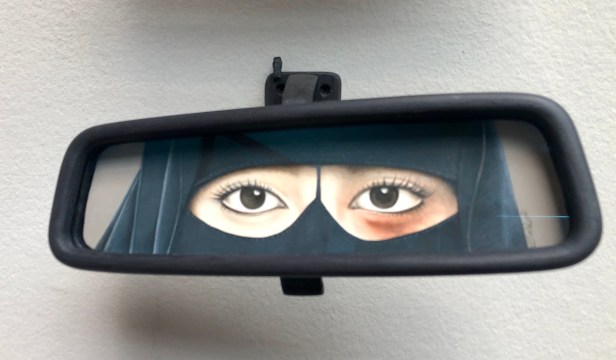
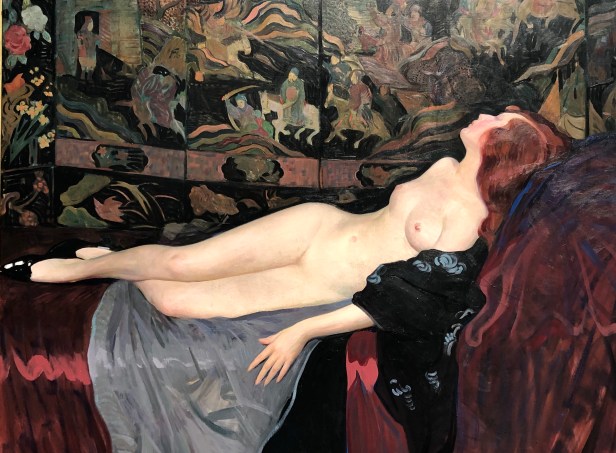
They also have several works by one of my favorite Philadelphia-area artists, Horace Pippin (Philly (area) Artists: Horace Pippin), including one of his most famous: “John Brown Going to His Hanging”).
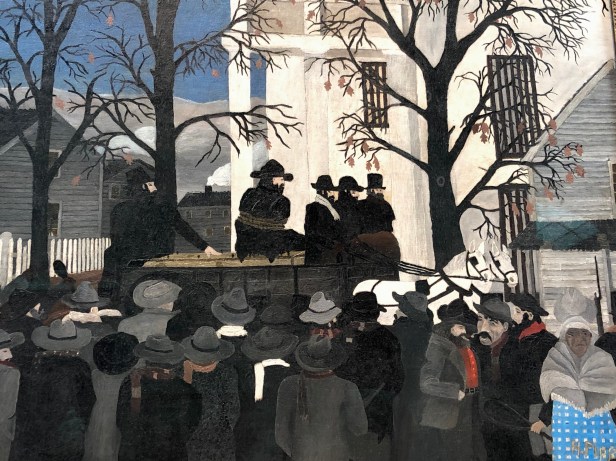
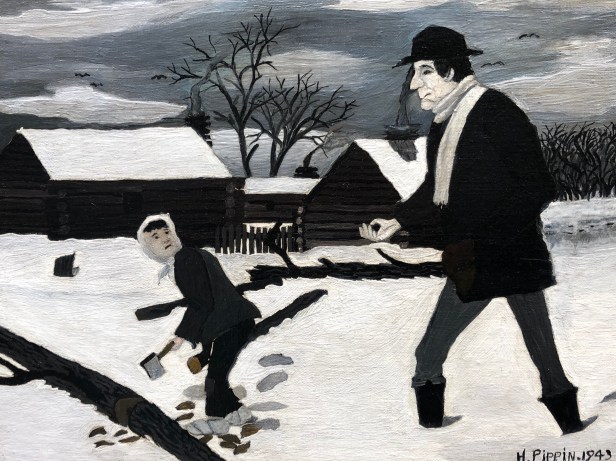
The Furness building, where the permanent exhibits are located, was built in 1876 and is the most outstanding example of the Philadelphia architect’s work (Philadelphia + Architecture = Victorian (Frank Furness)).


Peck Alumni Center (Drexel University- open only occasionally to the public):


Undine Barge Club (Boathouse Row-interior closed to the public):

In addition to his buildings, Furness also designed furniture, such as this elaborate desk on display at The Philadelphia Museum of Art:

Field Trips: The museum offers trips focusing on both their permanent and special exhibitions. The also offer homeschool classes.
https://www.pafa.org/
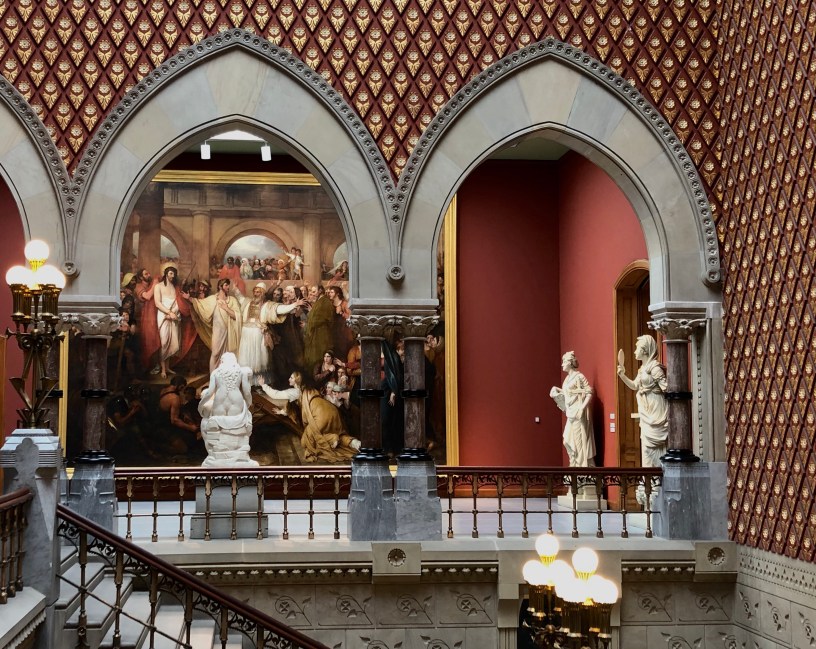
I can see why you’re a fan of Horace Pippin. I love those paintings too! The Cleveland Museum of Art has a painting of Washington by Peale that looks exactly like the one you featured, so I had to wonder how many of them are floating around. Sixty, apparently! Not all showing Washington in the same pose, but there’s clearly at least a few that do.
LikeLiked by 1 person
Two of my favorite Philly area artists, but with such different stories. Peale probably ranks up there as one of the most prolific painters ever. He painted everyone who was anyone during the Revolutionary period – plus had a family full of artists: brother, niece, sons/daughters (with great names like Rembrandt, Raphael, and Angelica Kauffman) …. I would have loved to have visited his museum (once housed in Independence Hall) – full of paintings, live animals, nature specimens, and a guy who made great silhouette cutouts using a physiognotrace machine. He’s definitely a topic for a future post! Horrace Pippin’s story and paintings are totally different, but equally evocative of the time that he lived in. The PMA has one of his first paintings, a war painting, which comes with a hand carved frame.
LikeLiked by 1 person